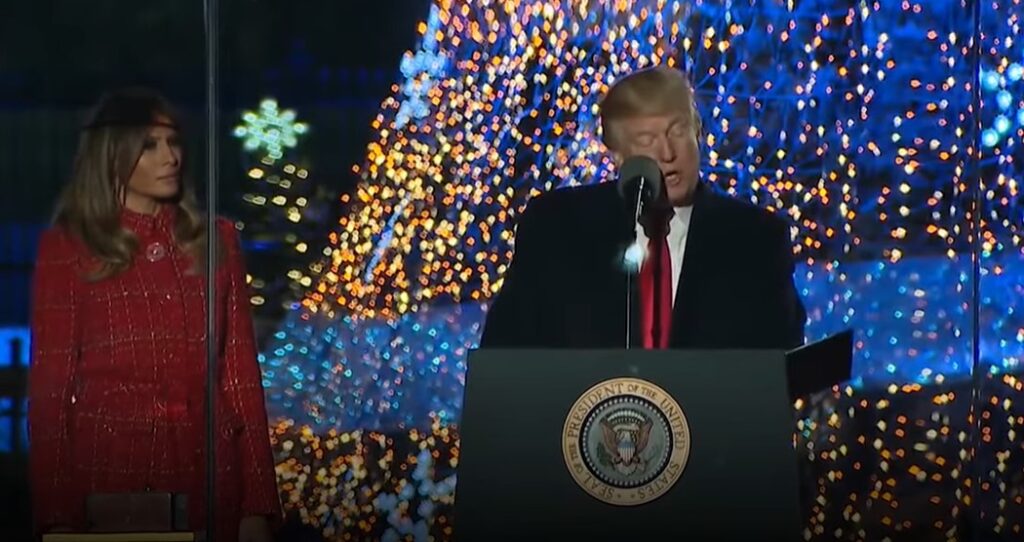A recent report highlights a notable disparity in holiday shopping trends between supporters of President-elect Donald Trump and Vice President Kamala Harris. As the holiday season approaches, Trump’s supporters are expected to significantly outspend Harris’s voters, a development attributed to the differing economic outlooks held by each group. Following the election, shopping volume surged in states that favored Trump, while declining in those that supported Harris. This pattern suggests that Trump’s base is generally optimistic about the economy’s trajectory, in sharp contrast to the more cautious stance adopted by Harris’s constituents. Polls indicate that these differing sentiments are likely to shape consumer behavior during the critical holiday shopping period.
The CNBC report examined shipping trends across various states and included interviews with shoppers from red states such as Texas and North Carolina, alongside blue states like New York and New Jersey. It was found that supporters of Trump are feeling positive about future economic prospects, believing that the incoming administration will stimulate growth and alleviate economic pressures. Conversely, Harris supporters express concerns regarding future economic policies that could adversely affect middle-class financial stability. For instance, Amanda Davila, a New York educator who voted for Harris, plans to spend less this holiday season, driven by anxieties about student debt and general living costs. Her trepidations highlight a broader trend among Harris supporters who are taking a more reserved approach to holiday spending.
In stark contrast, Armando Duarte, a retired utility worker supporting Trump, conveyed a sense of optimism regarding holiday expenditures. He expressed confidence that the economy would improve under Trump’s leadership, anticipating better job creation and wage growth. Many Trump voters, buoyed by positive sentiment regarding economic recovery, feel encouraged to engage in holiday shopping without the constraints felt by their Democratic counterparts. Duarte’s comments reflect a growing belief among Trump supporters that inflation is likely to decrease and that overall economic conditions will improve, thus leading to increased consumer spending.
Experts in behavioral finance have confirmed the analysis, noting that optimism among Republican voters will likely impact their spending behaviors this holiday season. Meir Statman, a finance professor, explained that positive economic sentiment can lead individuals to spend more freely, even through credit, anticipating that they will have the resources to pay off these purchases in the future. This relationship between sentiment and spending behavior is particularly strong among those holding optimistic views of the economic landscape. As a result, the sentiment among Trump supporters may spur higher holiday spending, while the somber outlook among Harris supporters could hinder their consumer activity.
The report quantifies this trend with shipping data, revealing that states won by the GOP experienced a 50.4% increase in shipping volumes following the election, contrasting sharply with a decrease of 11.2% in Democrat-won states. Notably, the data indicates that only two blue states—Illinois and Minnesota—saw an uptick in shipping volumes post-election, while all other states that favored Harris experienced declines. This stark difference in economic activity reinforces the notion that political sentiment is playing a significant role in consumer behavior as the holiday shopping season unfolds.
In summary, the analysis of holiday shopping trends suggests that political affiliation is closely linked to consumer confidence and spending patterns. As Trump supporters show optimism and are poised to increase their holiday spending, Harris supporters appear more apprehensive about their financial future. This phenomenon is indicative of a broader divide in economic sentiment within the electorate, serving to illustrate how political attitudes can influence consumer behavior and, consequently, the fiscal landscape during critical shopping periods.

